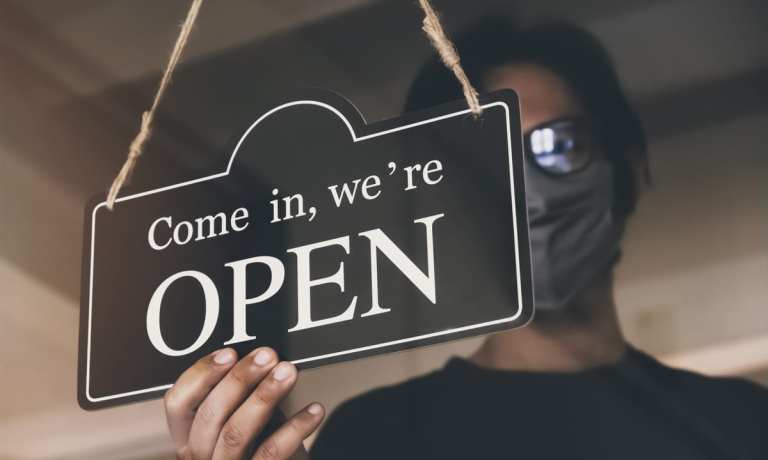
The number of businesses that permanently closed during the first year of pandemic fell short of widespread concerns, Federal Reserve economists have concluded in a new report.
“Relative to popular discussion, then, our results may represent an optimistic update to views about pandemic-related business failure,” the authors wrote.
The authors of the report acknowledge that tracking business closures in a timely manner — especially the demise of small- to medium-sized businesses (SMBs) — can be difficult. To assess the impact of the pandemic without waiting for traditional data, they considered a number of what they called “alternative” sources.
Among their findings: “Business electricity accounts show little imprint of the recent economic stress while vacancy rates for office and retail are reaching levels last seen during the Great Recession. Similarly, defaults have jumped, but both ‘going out of business’ search queries from Google and 30-day defaults have returned to trend after brief elevation.”
Setting a baseline, the authors stated that about 7.5 percent of businesses and 8.5 percent of establishments close every year.
The authors estimated that fewer than 200,000 businesses beyond the number that normally would close shut down during the first year of the pandemic. The failure rate for businesses was between 25 percent and 30 percent above normal, they concluded.
As for what sectors sustained the most closings, the report stated: “Alternative indicators of exit during the pandemic’s first year, on balance, suggest that exit has been elevated at least among small firms and establishments and particularly in the sectors most exposed to social distancing, though this elevated exit was partially offset by reduced exit in pandemic-friendly industries.”
The industry sector, recognized by the federal government for statistical purposes, that includes barber shops and nail salons, lost 100,000 establishments, the authors estimated.
Some sectors included business loss and growth simultaneously, the authors noted, listing as an example hospitality. In that sector, sit-down restaurants were hit very hard, but outdoor establishments in some ways fared better than usual.
In retail, they wrote, more clothing stores than usual closed during the first year of the pandemic, but fewer grocery stores than usual closed.